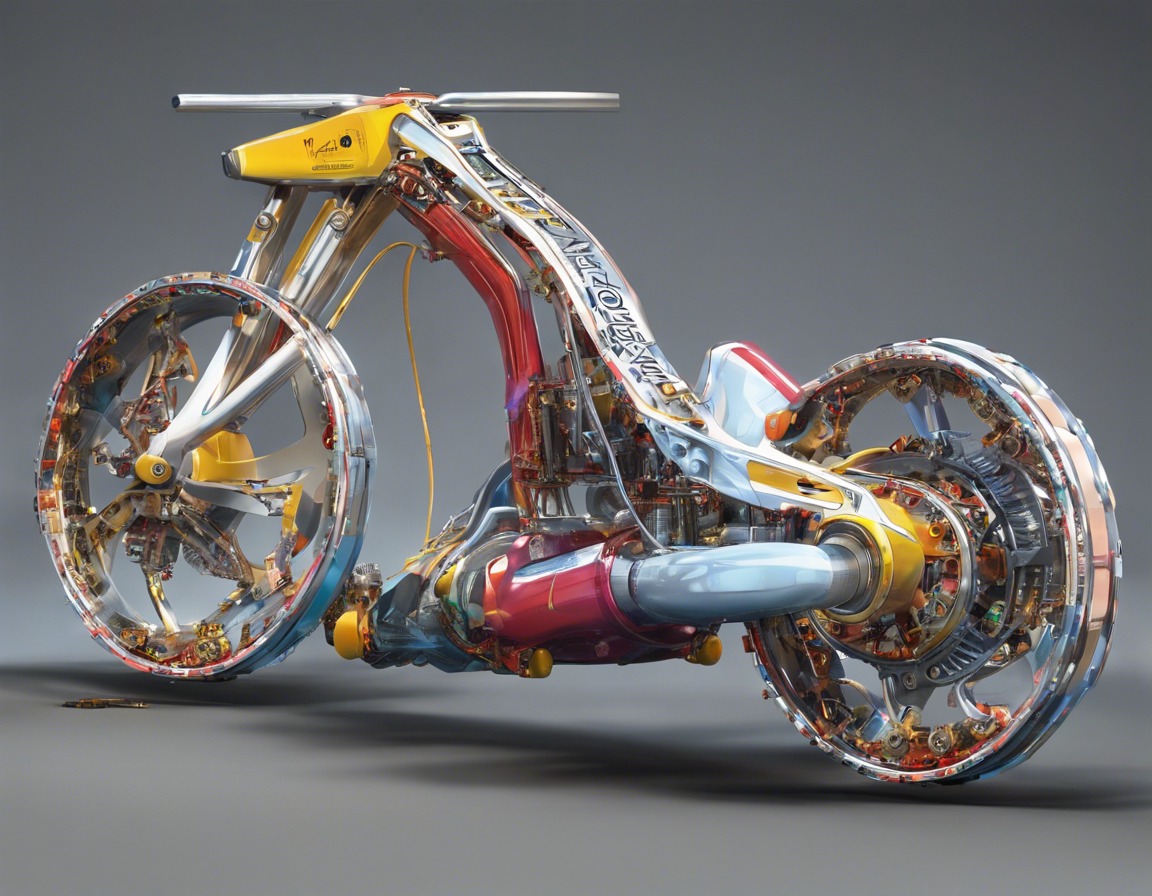As we look ahead to the upcoming political landscape in 2024, the concept of the “double engine” has emerged as a key term within discussions surrounding governance and leadership. Let’s delve deeper into what this term signifies and its potential impact on the political scenario.
Understanding the Double Engine
Double Engine refers to the scenario where a single party holds power at both the national and state levels within a country’s political system. This configuration is significant as it allows for greater coordination and alignment between the central government and state administrations.
In the context of the upcoming 2024 elections, the idea of a double engine government has gained prominence as several states in India have governments aligned with the ruling party at the center. This alignment is believed to facilitate smoother implementation of policies and initiatives, as there is shared ideological and strategic synergy between the national and state governments.
The Advantages of a Double Engine Government
-
Coordinated Governance: With the same party in power at both levels, there is enhanced coordination in policy formulation and implementation, leading to more effective governance.
-
Faster Decision-Making: The double engine setup enables quicker decision-making processes as there are fewer hurdles in terms of ideological conflicts between the center and states.
-
Streamlined Development: Alignment between the central and state governments can result in more streamlined and efficient development initiatives across regions.
-
Policy Consistency: A double engine government promotes policy consistency and coherence, ensuring that there is a unified approach to key issues facing the nation.
Potential Challenges and Criticisms
While the concept of a double engine government offers various advantages, there are also concerns and criticisms associated with this setup.
-
Centralization of Power: Critics argue that a double engine government may lead to the centralization of power, potentially undermining the principles of federalism.
-
Lack of Opposition Checks: With the same party in power at both levels, there may be a lack of robust opposition to provide checks and balances, which are essential for a healthy democracy.
-
Regional Disparities: There are concerns that a double engine government could prioritize development in regions aligned with the ruling party, leading to neglect of other areas.
The Impact on Policy Implementation
In the context of 2024, a double engine government could significantly impact the implementation of various policies and initiatives. With greater alignment between the central and state governments, we can expect to see more synchronized efforts in areas such as infrastructure development, healthcare, education, and economic reforms.
Moreover, the cohesive approach enabled by the double engine setup could lead to the faster rollout of reforms and programs, ultimately benefiting the country as a whole.
FAQ Section
1. What are the key benefits of a Double Engine government?
A double engine government promotes coordinated governance, faster decision-making, streamlined development, and policy consistency.
2. What are the challenges associated with a Double Engine setup?
Challenges include concerns about centralization of power, lack of opposition checks, and potential regional disparities in development.
3. How does a Double Engine government impact policy implementation?
A Double Engine government can lead to more synchronized efforts in policy implementation, faster rollout of reforms, and enhanced governance efficiency.
4. How does the Double Engine concept relate to the 2024 political landscape?
The concept of a Double Engine government is relevant in the context of the upcoming 2024 elections, where alignments between the center and states play a crucial role in governance.
5. What are some examples of countries with a Double Engine government?
India is one of the prominent examples where the ruling party at the national level also holds power in various states, leading to a Double Engine setup.
In conclusion, the discussion surrounding the rise of the Double Engine in 2024 reflects the evolving dynamics of governance and political alignments. While this setup offers certain advantages in terms of coordination and efficiency, it also raises important questions about power distribution, democratic principles, and equitable development. As we move closer to the 2024 elections, the concept of the double engine government is likely to remain a focal point of analysis and debate in the realm of politics and governance.
